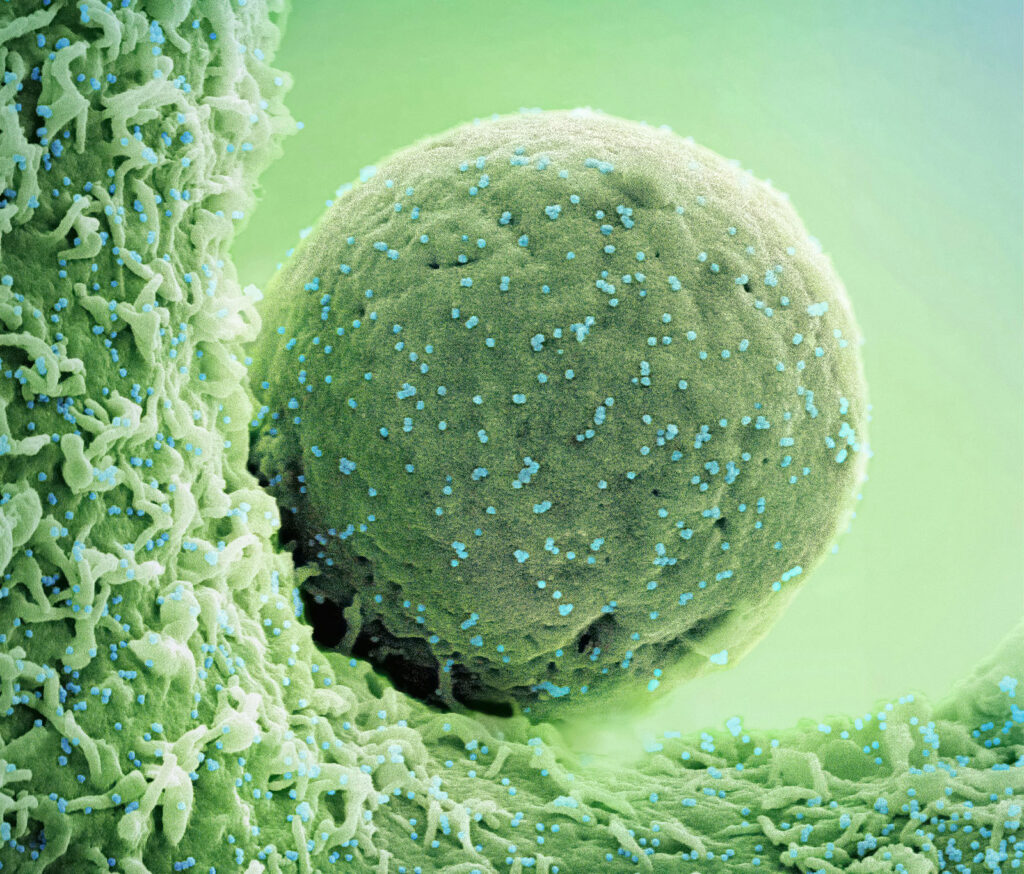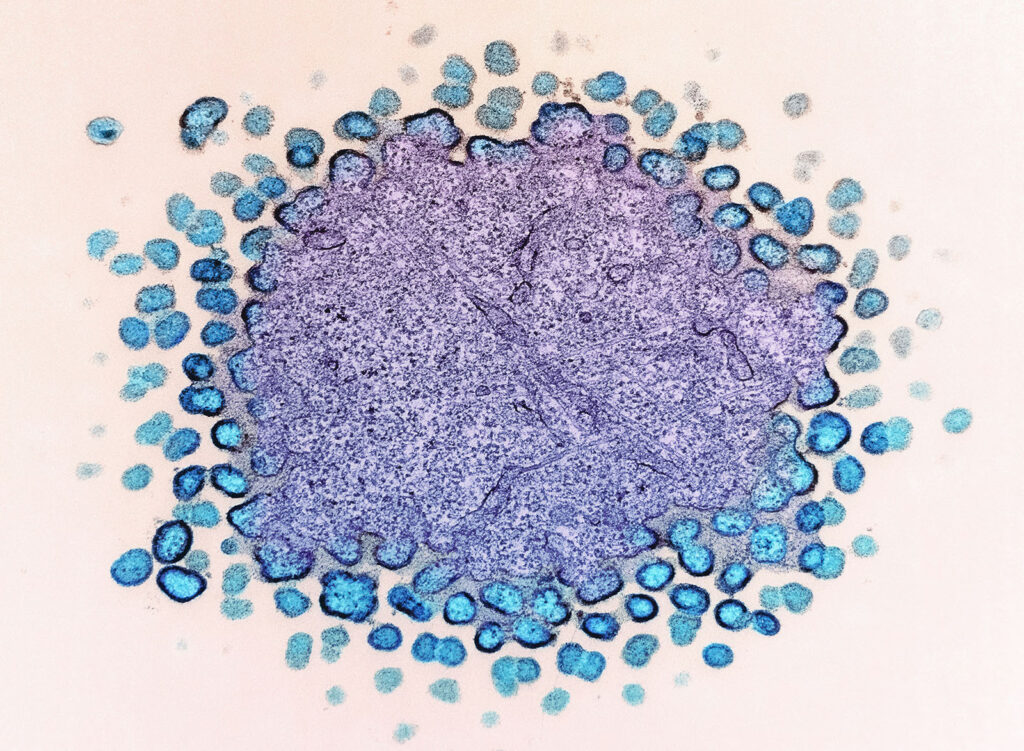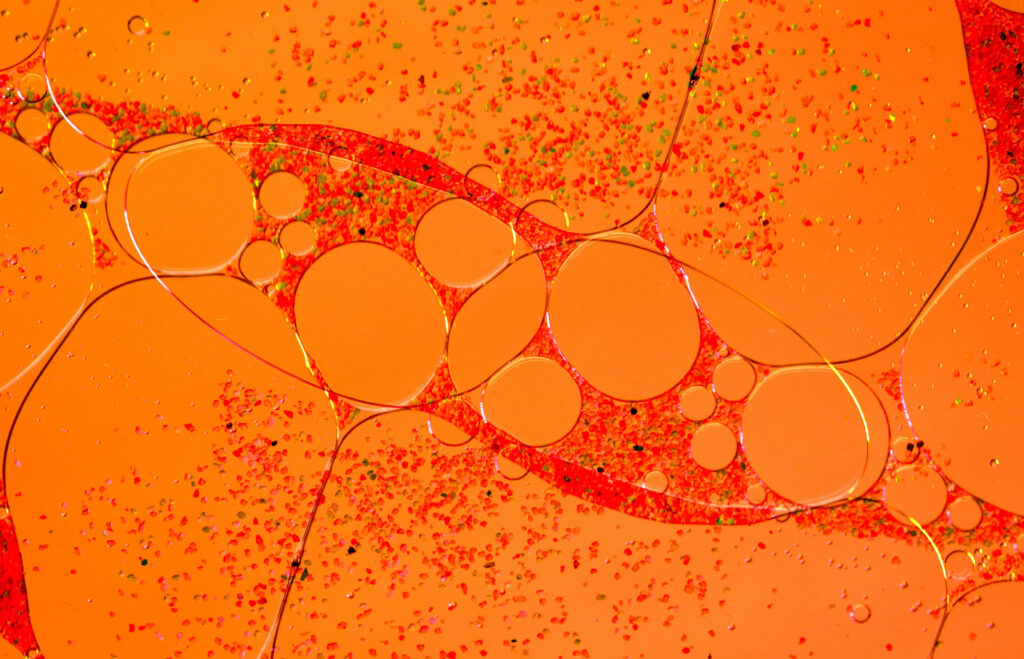The Paris Local Division of the Unified Patent Court (UPC) first substantive decision on patent validity in DexCom v Abbott (UPC_CFI_230/2023), provides some interesting commentary on how much the description should be taken into account when interpreting the claims. Claim interpretation is the subject of the highly anticipated referral to the EPO’s Enlarged Board of Appeal, G1/24 . In DexCom v Abbott, the Paris Local Division followed the approach taken in previous UPC decisions, namely finding that the description should always be consulted when interpreting the claims.
Case Background
The case involved DexCom, a US company specialising in continuous glucose monitoring systems, and Abbott, a global healthcare group. DexCom’s European patent EP3435866 related to an analyte monitoring system for measuring glucose levels in diabetes patients.
The patent claimed a system comprising a sensor configured to take analyte measurements, a sensor electronics unit, and a display device. A key feature of the system was the use of two different communication protocols, a Bluetooth/BLE for transmitting a first portion of measurement data, and NFC/RFID for transmitting a second portion in response to a data request command.
DexCom alleged infringement by Abbott’s FreeStyle Libre 2 products. Abbott challenged the validity of the patent through a counterclaim for revocation, whilst the main validity dispute focused on whether the claimed dual-protocol system was obvious over the prior art.
The patent in question had previously been opposed, and the opposition rejected with on appeal filed.
Claim interpretation: The description and drawings must always be considered
The Local Division first addressed the issue of claim interpretation, adopting the standard set by the UPC Court of Appeal that “the patent claim is not only the starting point, but the decisive basis for determining the protective scope of the European patent” (para. 4.2).
The Local Division adopted the claim interpretation standard set by two previous UPC Court of Appeal decisions, establishing five key principles for balancing patent protection with legal certainty. As noted by the Local Division, the Court of Appeal had previously found that: “The patent claim is not only the starting point, but the decisive basis for determining the protective scope of the European patent.” (para. 4.2). Following this lead, the Local Division agreed that interpretation of the claims also “does not depend solely on the strict, literal meaning of the wording used” as “the description and the drawings must always be used as explanatory aids” (paragraph 4.2, quoting UPC_CoA_335/2023). In other words, for the Local Division it is necessary to examine both the claim language and the description in order to interpret the claims. The Local Division also emphasises that the principles of claim interpretation apply uniformly to infringement and validity assessments.
Applying these principles to the case in question, the Local Division addressed the specific disputes over claim interpretation, particularly regarding the meaning of what constituted “first” and “second” portions of the measurement data. Abbott had argued during EPO opposition proceedings that Dexcom had adopted a narrow interpretation of “portion” requiring: (1) two distinct portions of data using different protocols, and (2) neither portion could contain all the data. Abbott claimed Dexcom was now taking a broader view in litigation because Abbott’s Freestyle Libre 2 transmitted “the same analyte measurement data” using both protocols, resulting in “total overlap” (para. 4.6).
Applying its principles of claim interpretation, the Division looked to the description to understand the terms used in the claims. The Division agreed with Abbott that “portions of data are not comparable to parts of a book or portions of a cake” (para. 4.7). In contrast to cake, the Local Division found that while “portions” of data could overlap and contain some of the same data, they also could not be identical. For the Local Division, this would contradict both the usual distinction between “first” and “second” portions and the description’s reference to “a portion of the analyte data… and another portion.” The Local Division’s interpretation therefore relied on both the ordinary meaning of “portion” and the distinction made in the description of the patent between “a portion” and “all” data.
Inventive step
On inventive step, the Local Division found that the prior art disclosed most features of the claimed system, with the only difference being that it did not expressly specify using NFC/RFID as the second protocol. Critically, the Division’s definition of portions as being able to overlap but not be identical, meant that the prior art was interpreted as possessing this feature. The Local Division instead determined the core inventive concept as being assessed whether using NFC as the second protocol was obvious.
The Local Division concluded the choice of NFC would have been an obvious to a skilled person, noting that the prior art “expressly discloses that the device 120 already uses NFC for the request command initiating the transmission of the second portion, meaning that the user has already brought the device 120 into close proximity with the device 102. It would therefore be obvious for the skilled person to continue using the same protocol, namely the second near-field communication protocol NFC, to transmit the data and achieve the effects commonly ascribed to this protocol.” (para. 23.7)
The Local Division was unconvinced by DexCom’s arguments regarding technical difficulties or synergistic effects. It found that selecting NFC as the second protocol would have been a routine choice given its well-known advantages of low power consumption and security due to limited range.
The Local Division therefore revoked the patent in its entirety across all designated UPC states, also dismissing DexCom’s infringement claims and auxiliary requests to amend the patent. DexCom was ordered to bear the costs of the proceedings.
Final thoughts
The Paris Division in UPC_CFI_230/2023 follows the lead of other divisions and the Court of Appeal of the UPC in finding that the claims of a patent should be understood in the context of the patent as a whole. In UPC_CoA_335/2023, for example, Court of Appeal similarly found that the description “must always be used as explanatory aids for the interpretation of the patent claim and not only to resolve any ambiguities in the patent claim” . By contrast, EBA has indicated in its preliminary opinion that it believes the description “can” be referred to for the purposes of claim interpretation . It will be interesting to see how and if any divergence emerges between the EBA and the UPC on this highly contentious issue, and whether the EBA takes the decisions of the UPC into account when tackling the questions of G1/24.








